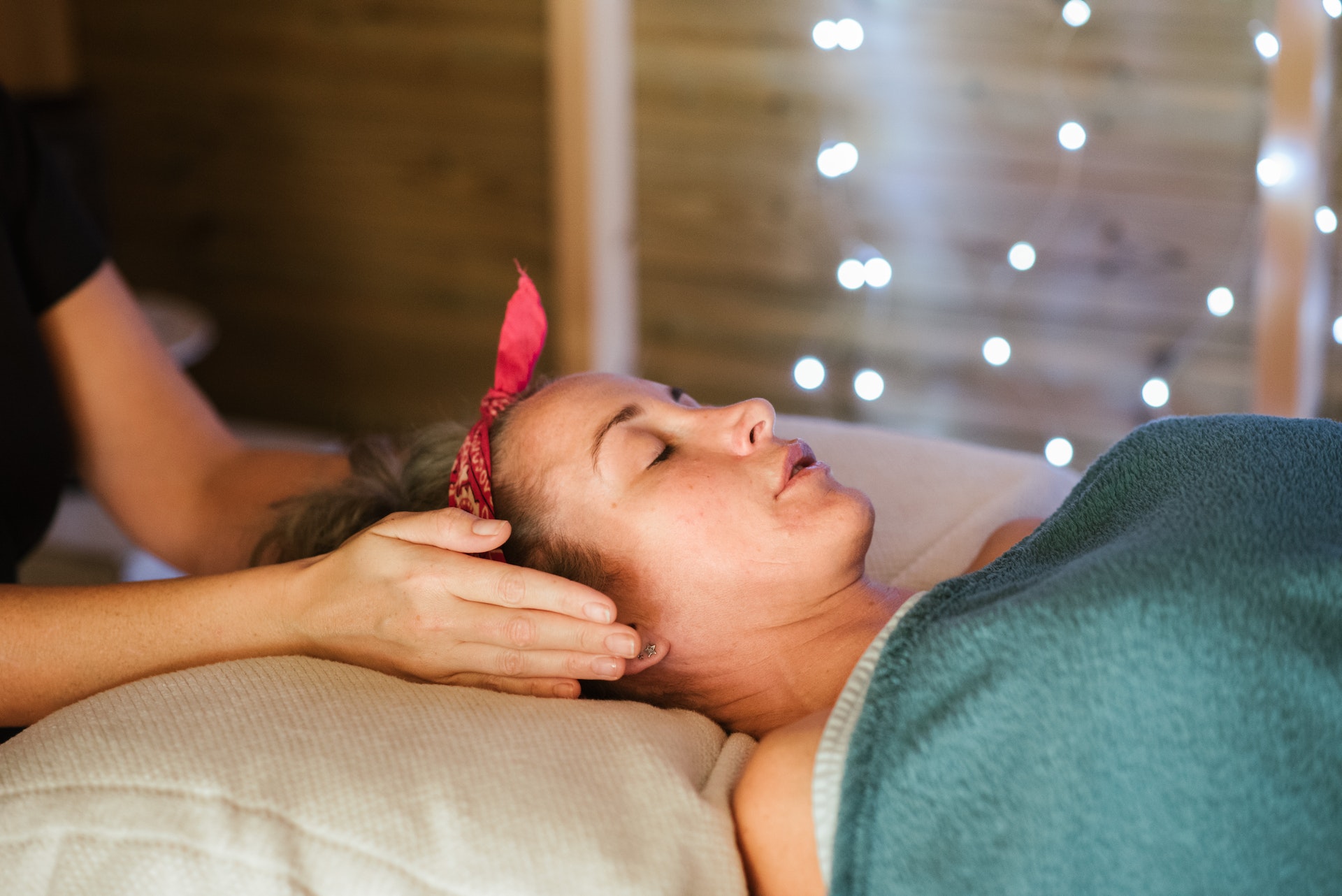By Ron Hammond
Project Manager at the UCanBeHealthier® Nonprofit Program
In every culture, you will find all kinds of alternative medicine practices for healing. Reiki is one such form of healing that comes from Japan. It finds its roots almost 2500 years ago and uses life force energy to promote physical and emotional healing. Keep reading to learn more about Reiki, how it is performed, and its benefits.
WHAT IS REIKI?
Reiki is a Japanese healing therapy that moves a life force energy called ki or qi. Ki is believed to be vital energy in each person that must flow unhindered to stay healthy, a concept that is also found in other East Asian cultures, such as Chinese traditional medicine. These cultures believed this life force energy stops flowing when a person is injured or emotionally distressed, so they can't recover.
In Reiki, trained practitioners guide this inner energy around the body to promote a person’s self-healing. It’s important to note that a Reiki practitioner is not the cause of healing, a common misconception. Instead, they remove the metaphysical obstacles that block ki from flowing freely within their clients. Depending on their client’s condition, a practitioner may transfer some of their energy to accelerate the healing.
WHAT HAPPENS IN A REIKI SESSION?
A Reiki session is quiet, with little to no talking. Lasting about 60 – 90 minutes, you remain fully clothed and can either sit or lie down. The practitioner begins palm healing by placing their hands on or slightly above their body on different areas such as the head, chest, shoulders, and feet. While in a meditative-like state, a practitioner holds their hands for 5 – 10 minutes in each position, then moves to the next.
The series of positions and the amount of time spent in each area depends on a person's needs. This is why practitioners have in-depth discussions with their clients before each session, so they can tailor the Reiki session to address those issues.
BENEFITS OF REIKI
Advocates of Reiki say there are many physical and emotional benefits of Reiki. Immediate effects after a Reiki session include:
● Relaxation
● Pain relief
● Improved sleep
● Improved emotional state
● Reduced stress and anxiety
When used as a complementary therapy, Reiki lowers blood pressure, speeds up healing time after surgical procedures, and manages symptoms in chronic medical conditions.
WRAPPING UP
Reiki is an alternative therapy with a holistic approach. It doesn't have any severe side effects apart from some cases of mild headaches after a session. Critics claim Reiki is nothing more than a placebo effect as there is little evidence to explain the science behind it. However, when researchers did numerous clinical studies on sick and healthy participants, they observed measurable benefits, suggesting that Reiki affects them in some way.
So regardless of the criticism, there is actually data showing people felt different after a session, even if researchers do not know why. Hopefully, this information has helped you understand this Japanese healing therapy, and if it sounds interesting, there is no harm in trying it out. At the end of the day, your well-being matters the most.
Share this:
- Click to share on Twitter (Opens in new window)
- Click to share on Facebook (Opens in new window)
- Click to share on LinkedIn (Opens in new window)
- Click to share on Reddit (Opens in new window)
- Click to share on Tumblr (Opens in new window)
- Click to share on Pinterest (Opens in new window)
- Click to share on Pocket (Opens in new window)
- Click to share on Telegram (Opens in new window)
- Click to share on WhatsApp (Opens in new window)



